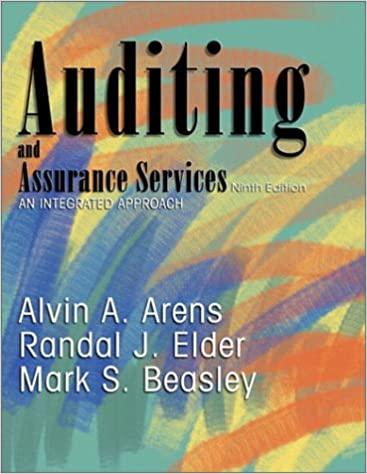
Analyzing and Distributing Cash Dividends to Preferred and Common Stocks Potter Company has outstanding 15,000 shares of $50 par value, 8% preferred stock and 50,000 shares of $5 par value common stock. During its first three years in business, it declared and paid no cash dividends in the first year, $280,000 in the second year, and $60,000 in the third year. a. If the preferred stock is cumulative, determine the total amount of cash dividends paid to each class of stock in each of the three years. Distribution to Preferred Common Year 1 0 $ Year 2 280000 160000 Year 3 60000 0 b. If the preferred stock is noncumulative, determine the total amount of cash dividends paid to each class of stock in each of the three years. Distribution to Preferred Common Year 1 $ 28.000 $ 28000 Year 2 28000 Year 3 60000 C. How should each type of preferred dividends be treated in calculating EPS? Basic EPS would be increased in Years 2 and 3 when the preferred dividends are added from net income in the numerator, Basic EPS would be reduced in Years 2 and 3 when the preferred dividends are added to the number of shares in the denominator. Basic EPS would be reduced in Years 2 and 3 when the preferred dividends are subtracted from net income in the numerator. Basic EPS would be increased in Years 2 and 3 when the preferred dividends are subtracted from the number of shares in the denominator Analyzing and Distributing Cash Dividends to Preferred and Common Stocks Potter Company has outstanding 15,000 shares of $50 par value, 8% preferred stock and 50,000 shares of $5 par value common stock. During its first three years in business, it declared and paid no cash dividends in the first year, $280,000 in the second year, and $60,000 in the third year. a. If the preferred stock is cumulative, determine the total amount of cash dividends paid to each class of stock in each of the three years. Distribution to Preferred Common Year 1 0 $ Year 2 280000 160000 Year 3 60000 0 b. If the preferred stock is noncumulative, determine the total amount of cash dividends paid to each class of stock in each of the three years. Distribution to Preferred Common Year 1 $ 28.000 $ 28000 Year 2 28000 Year 3 60000 C. How should each type of preferred dividends be treated in calculating EPS? Basic EPS would be increased in Years 2 and 3 when the preferred dividends are added from net income in the numerator, Basic EPS would be reduced in Years 2 and 3 when the preferred dividends are added to the number of shares in the denominator. Basic EPS would be reduced in Years 2 and 3 when the preferred dividends are subtracted from net income in the numerator. Basic EPS would be increased in Years 2 and 3 when the preferred dividends are subtracted from the number of shares in the denominator







